SOURCE: RAUNAK KUNDE / NEWS BEAT / IDRW.ORG
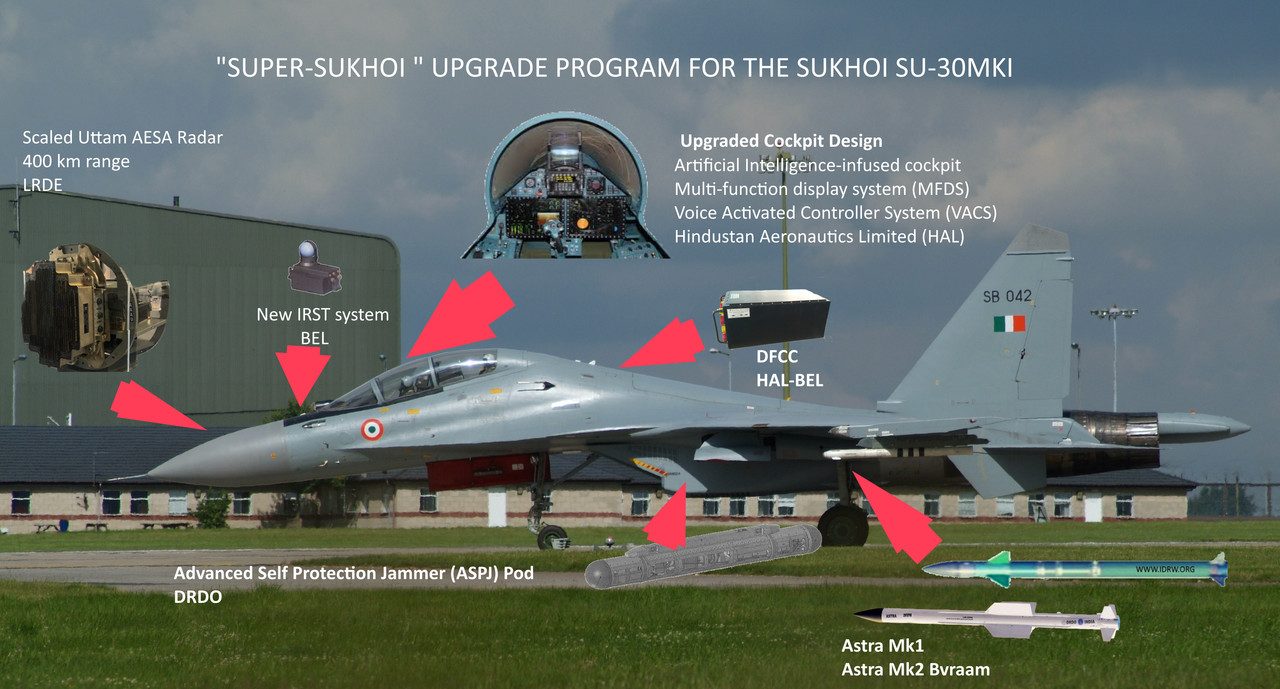
Hindustan Aeronautics Limited (HAL) has received a tender for the procurement of 12 Su-30MKI fighters, which will be manufactured in India by HAL in partnership with the Russian original equipment manufacturers. The 12 Su-30MKI fighters will be procured as CKD kits from Russia, with only the fuselages being manufactured in India. HAL plans to equip these fighters with the “Super 30” upgrade package, which will see major changes to the aircraft internals, including 51 major changes in the equipment and components.
The “Super 30” upgrade package will include new mission computers, a Uttam AESA radar, and full upgrades to the cockpit instrumentation, including touch-based LCD screens. The Indian Air Force (IAF) and the Ministry of Defence (MOD) have already cleared the upgrade of 84 older Su-30MKI fighters with the “Super 30” upgrade package in the first phase of upgrades.
Continue readingSOURCE: RAUNAK KUNDE / NEWS BEAT / IDRW.ORG

India is planning to develop an Underwater Test and Tracking Range (TTR) to test its torpedoes and other underwater weapons. The proposed TTR will consist of both onshore and offshore facilities and will be located on the eastern coast of India.
The TTR will be used to test a variety of torpedoes, including heavyweight torpedoes and those with thermal navigation systems. It will also be used to test other underwater weapons, such as mines and underwater drones.
Continue readingSOURCE: RAUNAK KUNDE / NEWS BEAT / IDRW.ORG

Economic Explosives Limited (EEL), a subsidiary of Solar Industries India Ltd., has successfully established production of the Multi-Mode Hand Grenade (MMHG) as per Transfer of Technology (ToT) obtained from the Defence Research and Development Organisation’s (DRDO) Terminal Ballistics Research Laboratory (TBRL). The company has already delivered over 10 lakh units of MMHG to the Indian Army, fulfilling its order.
EEL has also received clearance from the Ministry of Defense (MoD) for the export of MMHG and is currently in discussions with several countries that have expressed interest in the Indian-made grenade. The MMHG is a replacement for the vintage Hand Grenade M 36 and offers several advantages to soldiers in terms of safety, dual-mode capability, and lethality.
Continue reading
The Gas Turbine Research Establishment (GTRE) of India is gearing up for a renewed effort in the development of a thrust vectoring nozzle (TVN) after facing setbacks in its previous attempts. Thrust vectoring technology holds immense significance in enhancing the maneuverability and performance of fighter aircraft, making it a crucial aspect of aero-engine applications.
In the late 1990s, GTRE initiated discussions with U.S. engine manufacturer Pratt & Whitney for the development of a thrust vectoring nozzle. However, these talks did not progress further due to the imposition of sanctions on India following its nuclear tests. Subsequently, in 2015, GTRE entered into a memorandum of understanding (MoU) with Russian JSC Rosoboronexport/JSC Klimov for joint development of a Multi-Axis Thrust Vectoring Nozzle. Despite these efforts, the challenges persisted.
Continue readingSOURCE: IDRW.ORG TEAM
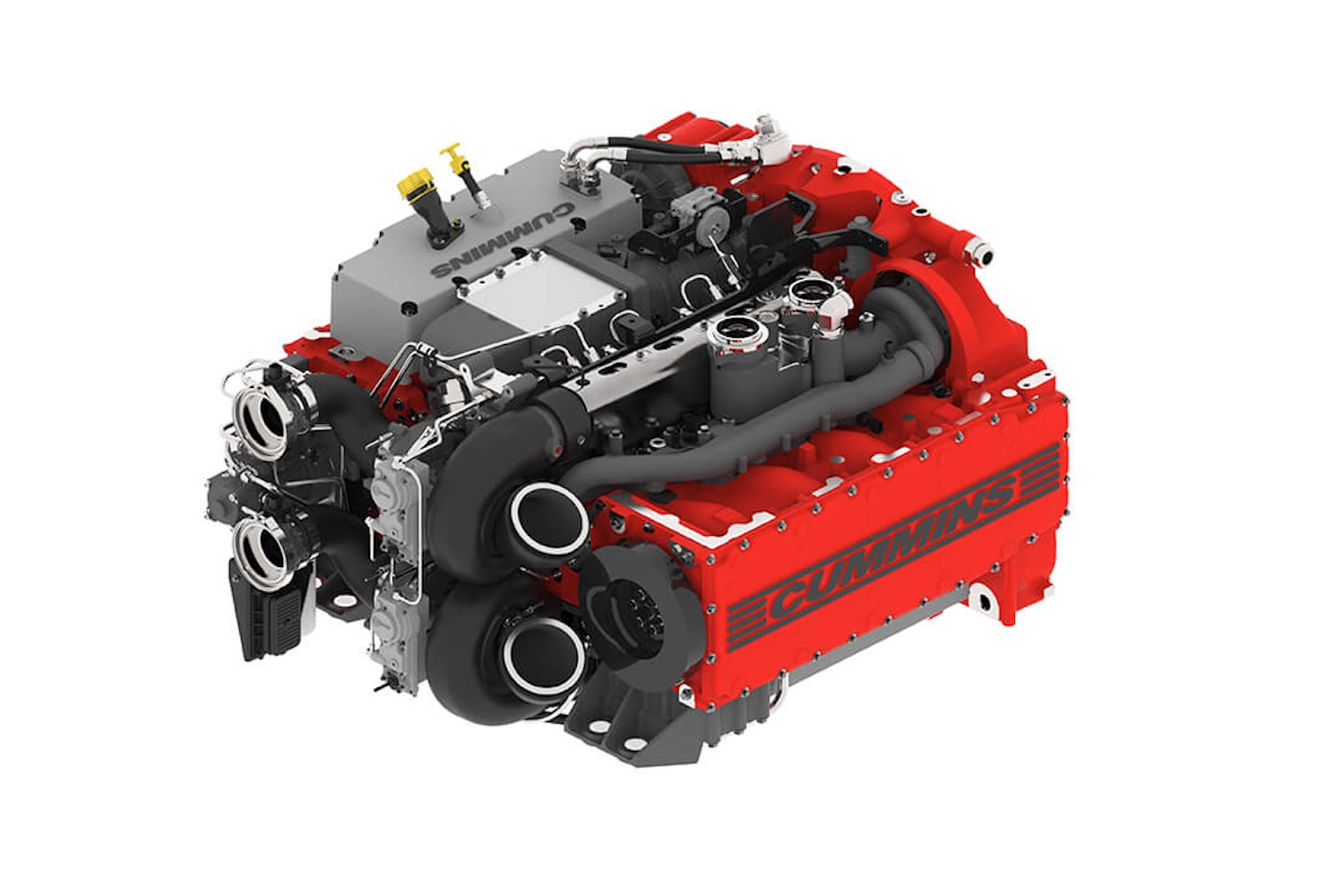
In a strategic last-minute move, the American company Cummins has played a crucial role in powering India’s upcoming indigenous Zorawar light tank prototype. The Ministry of Defence (MoD) in India approached Cummins to supply a 1000Hp engine for the tank, and the company swiftly responded, showcasing its commitment to supporting India’s defense capabilities. This development comes as a response to the Indian Army’s demand for 350 Light Tanks, pending successful completion of the Zorawar prototype’s Summer and Winter Trials.
Originally, the German company MTU was the first choice to provide engines for the Zorawar light tank program. MTU, renowned for supplying engines for India’s Arjun Main Battle Tanks (MBT), was well-positioned to contribute to this new endeavor. However, due to bureaucratic hurdles in securing BAFA clearance from the German Government, Cummins stepped in to fill the gap.
Continue readingSOURCE: RAUNAK KUNDE / NEWS BEAT / IDRW.ORG
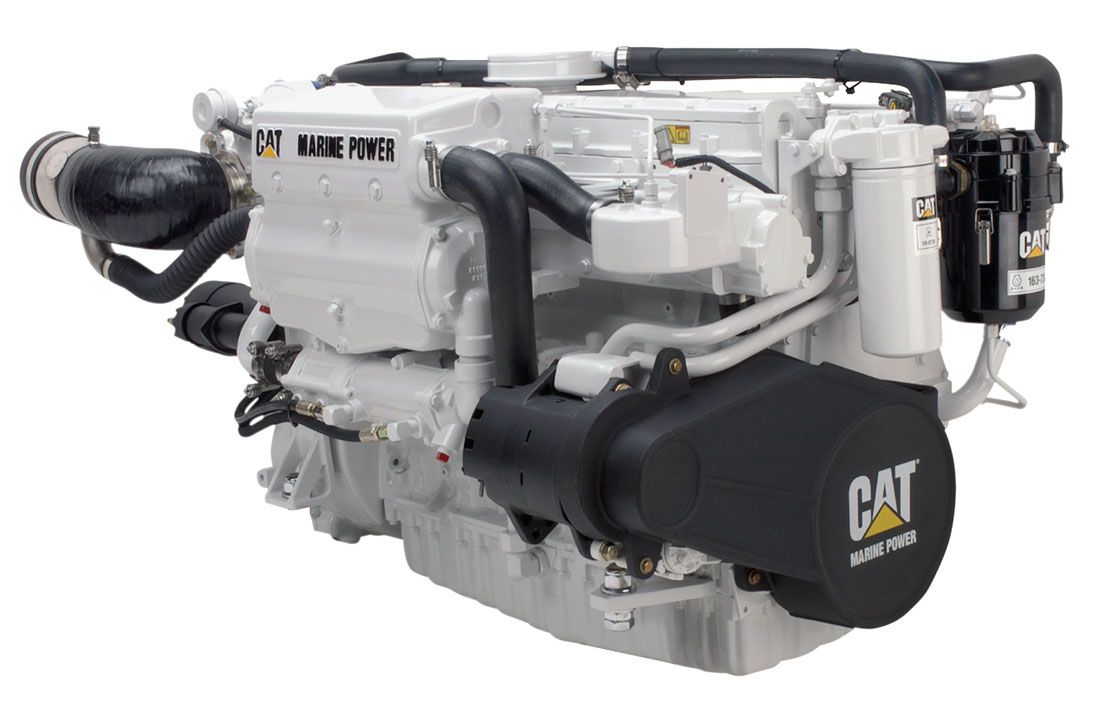
CAT Marine, a subsidiary of Caterpillar Marine, has announced that it is offering its medium-speed and high-performance engines tailored exclusively for the Indian Navy and Coast Guard. The company says that its engines are well-positioned to meet the Indian Navy’s specifications, ranging from 3 MW to 10 MW in power.
According to CAT Marine, its engines strike a balance between power and efficiency, making them versatile enough to meet the requirements of different vessel types and missions. The company also says that its engines are adaptable and reliable in various operational scenarios, making them a perfect fit for the Navy’s diverse needs.
Continue readingSOURCE: RAUNAK KUNDE / NEWS BEAT / IDRW.ORG
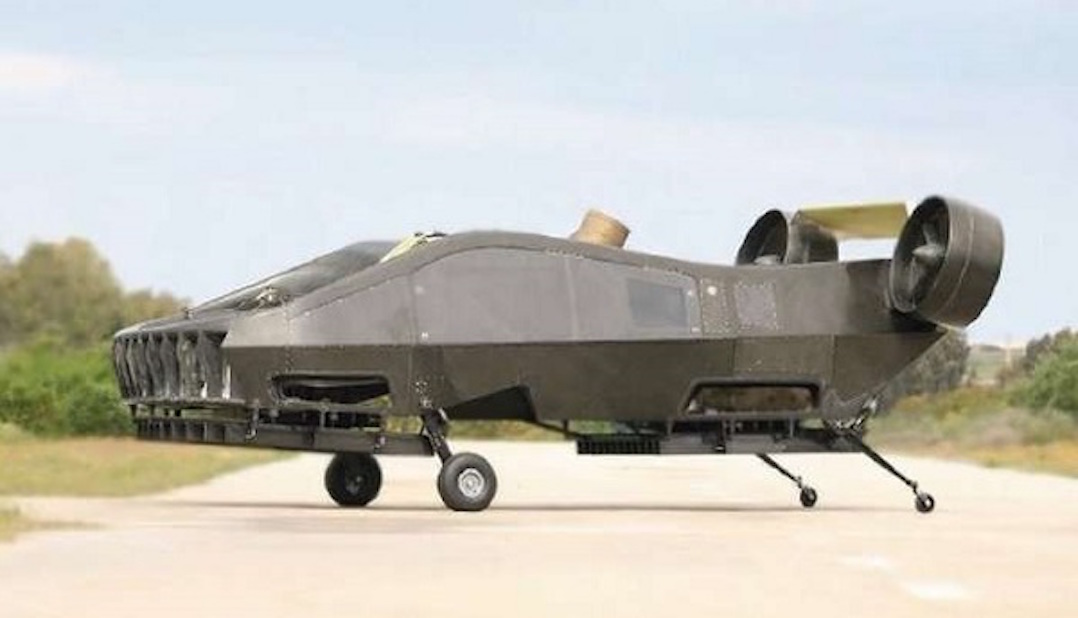
In a significant development, the Indian Army has approached the Madras Institute of Technology (MIT) in Chennai to develop drones capable of carrying injured or sick personnel from forward stations to base camps. This innovative approach is expected to revolutionize medical evacuation procedures, particularly in challenging and remote areas.
The Army’s request to MIT Chennai stems from the need for a more efficient and rapid evacuation system for injured soldiers. Traditional methods of evacuation, such as helicopters, are often limited by terrain and weather conditions, making it difficult to reach wounded personnel in remote areas.
Continue readingSOURCE: RAUNAK KUNDE / NEWS BEAT / IDRW.ORG

India has issued a notification for a no-fly zone over the Bay of Bengal, indicating a possible missile test. The no-fly zone will be in effect from December 6 to 7, 2023.
The no-fly zone is located approximately 990 kilometres off the coast of Odisha, India. The Indian Navy has advised all ships and aircraft to avoid the area during the no-fly zone.
Continue readingSOURCE: IDRW.ORG TEAM

Aritra IITM team from the Marine Autonomous Vessels (MAV) Laboratory in the Department of Ocean Engineering, IIT Madras, has emerged as the champion in the 2023 Virtual RobotX (VRX) challenge. The Virtual RobotX (VRX) challenge is an annual international competition that tests the autonomy and control systems of surface vessels in simulated challenging marine environment conditions. This year’s competition was hosted by RoboNation USA in collaboration with Open Robotics and the Office of Naval Research. The VRX challenge drew participation from 33 teams worldwide, including MIT and NSU.
The Aritra IITM team successfully secured first place for their excellent proficiency in autonomy algorithms for tasks such as station-keeping, waypoint tracking, obstacle avoidance, perception, and autonomous docking. Their innovative autonomy algorithms enabled them to navigate the challenging simulated marine environment conditions with precision and efficiency.
Continue readingSOURCE: IDRW.ORG TEAM

The Defence Research and Development Organisation (DRDO) has successfully conducted the second test of the NASM-SR, or Naval Anti-Ship Missile–Short Range, a helicopter-launched anti-ship missile. The missile was tested from a SeaKing helicopter and successfully hit its target. This is a significant milestone for India’s defense program, as the NASM-SR will provide the Indian Navy with a much-needed capability to defend its coastline from enemy ships.
In addition to the NASM-SR, DRDO is also working on the development of the NASM-MR, or Naval Anti-Ship Missile–Medium Range. This missile will have a longer range than the NASM-SR and will be capable of being launched from fixed-wing fighter jets and maritime patrol aircraft. DRDO is currently developing five prototypes of the NASM-MR.
Continue readingSOURCE: IDRW.ORG TEAM

In a joint effort, Prasenjit Das, an Assistant Professor at the Department of Physical Sciences, Indian Institute of Science Education and Research (IISER) in Mohali, and Prof. Prodyut Das, a former Professor of Mechanical Engineering at IIT Kanpur, have achieved success with the design of the D9 Hawkmoth. This electric aerobatic aircraft secured the top spot in the Royal Aeronautical Society’s Aircraft Design Contest 2023.
The D9 Hawkmoth is a two-seat, side-by-side, all-metal aerobatic electric sesquiplane that meets the stringent requirements of the Royal Aero Soc. 23 competition. The aircraft boasts a solid design with carefully considered aerodynamics, structure, and construction, earning praise for its excellent handling characteristics.
Continue readingSOURCE: RAUNAK KUNDE / NEWS BEAT / IDRW.ORG

General Electric (GE) is poised for a historic production surge as it prepares to fulfil the U.S. Air Force’s purchase of 351 Boeing T-7A Red Hawk trainer jets and meet a contract for 99 F404-GE-IN20 engines destined for India’s HAL Tejas Mk 1/1A fighter. This strategic production ramp comes after GE faced challenges in supplying engines to India, as stipulated in a 2021 contract, leading to a brief hiatus.
The F404-GE-IN20 engine, with its cutting-edge features, holds a pivotal role in advancing the capabilities of both the U.S. Air Force’s trainer jets and India’s indigenous fighter aircraft.
Continue readingSOURCE: RAUNAK KUNDE / NEWS BEAT / IDRW.ORG

In a significant stride towards enhancing the Indian Air Force’s (IAF) intelligence capabilities, the Center for Airborne Systems (CABS) is actively developing a state-of-the-art Intelligence, Surveillance, Target Acquisition, and Reconnaissance (ISTAR) system. Dr K Rajalakshmi Menon, the Director of CABS, recently provided insights into the ongoing efforts, emphasizing the critical role of the ISTAR platform in modern warfare.
The ISTAR system being developed by CABS is designed to serve as a comprehensive solution for Surveillance, Targeting Acquisition, and Reconnaissance. Its primary function is to intercept enemy signals and provide crucial information to ground commanders. This real-time intelligence empowers commanders to make informed decisions about counterstrikes, offering precise targeting data and facilitating the optimal deployment of weapons.
Continue readingSOURCE: RAUNAK KUNDE / NEWS BEAT / IDRW.ORG
The Indian Army has issued a Request for Information (RFI) for the outsourcing of Overhaul-II of Tank T-72 including the provisioning of major assemblies/sub-assemblies and spares. This is a well-planned and comprehensively executed activity, to neutralize the effects of age, usage and restoration of the equipment to a near zero-hour, zero-kilometre state of operational readiness.
The purpose of this RFI is to identify prospective vendors (DPSUs / Private Indian Vendors) to undertake the Overhaul-II of Tank T-72 on a complete outsourcing model and facilitate the preparation of a Request for Proposal (RFP). All DPSUs and Private Indian Vendors are eligible to respond to this RFI and participate in this project.
Continue readingSOURCE: IDRW.ORG TEAM
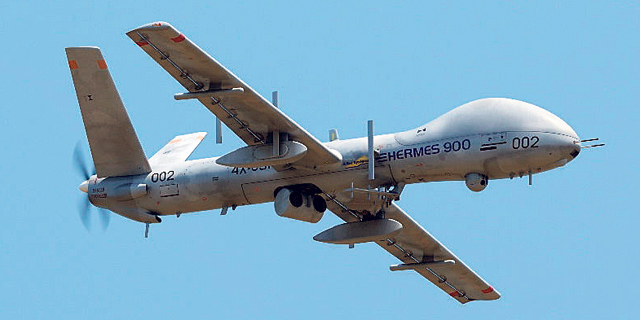
In a strategic move to bolster its defense capabilities, the Indian government, in March of this year, placed an emergency procurement order for Elbit Systems’ Hermes 900 StarLiner unmanned aircraft systems (UASs). The order, aimed at enhancing the reconnaissance and surveillance capabilities of the Indian Army and Indian Navy, reflects India’s commitment to leveraging advanced technologies for national security.
The procurement order, while deemed urgent, consists of only two Hermes 900 drones each for the Indian Army and Indian Navy. However, the significance lies not just in the quantity but in the capabilities these medium-altitude long-endurance (MALE) unmanned aerial vehicles (UAVs) bring to the Indian defense apparatus.
Continue reading